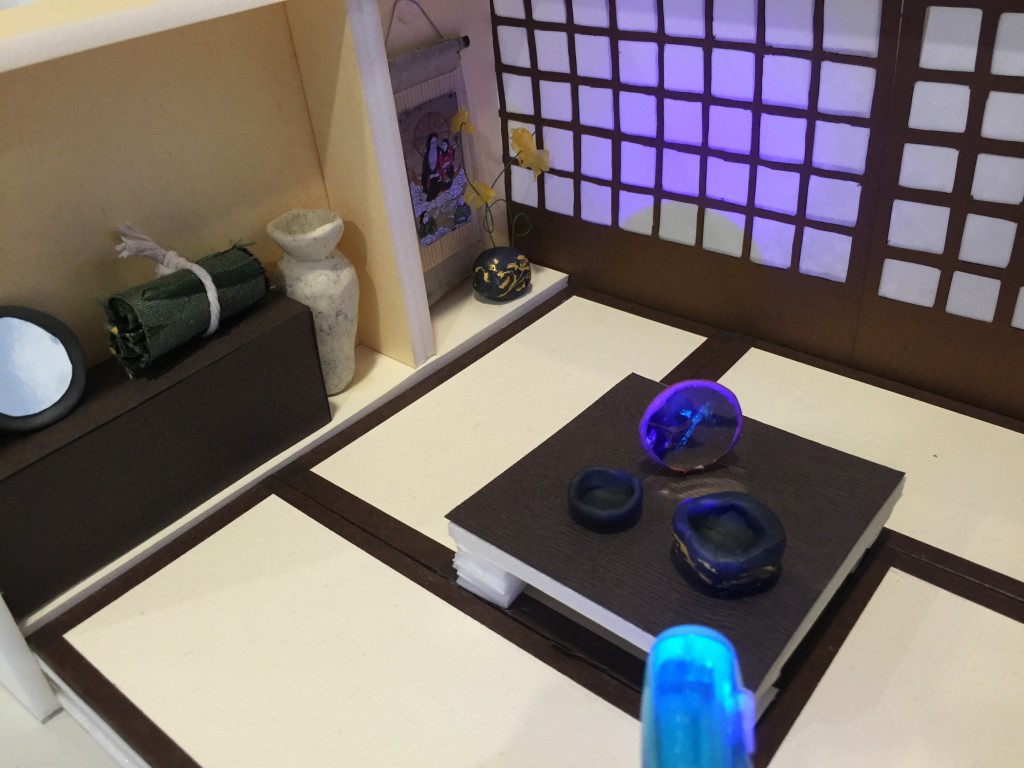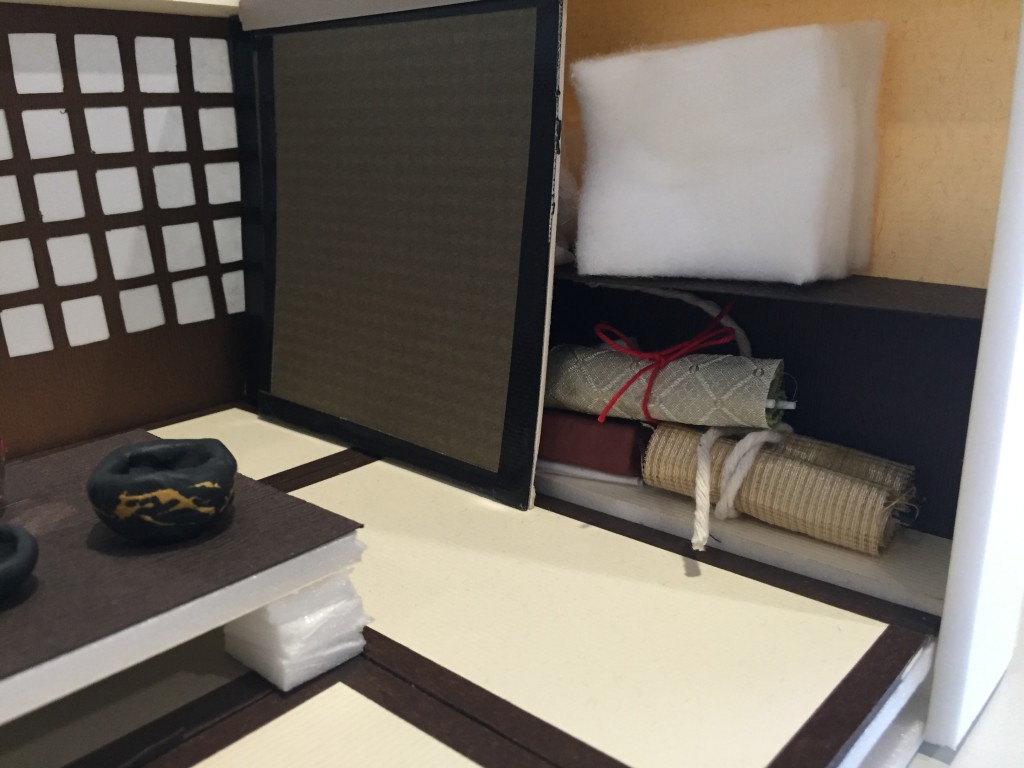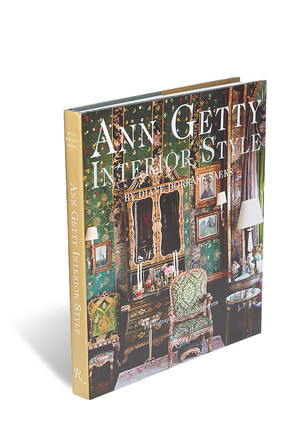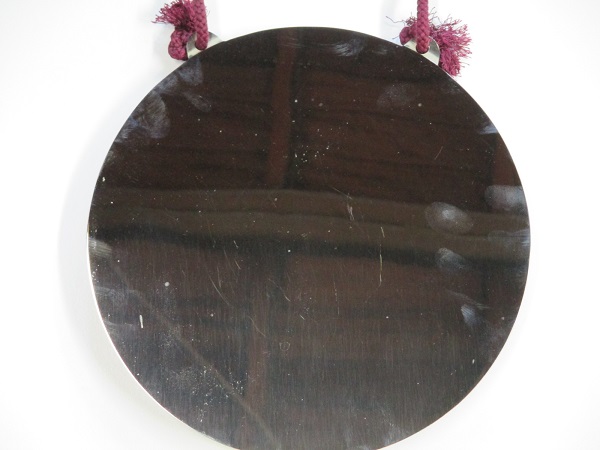MARKETING STRATEGY
Positioning
We are positioning Dream Alarm as a convenient, affordable and reliable product for personal usage. Marketing will highlight the benefits of our fusion between an alarm clock and an ear plug that blocks out noise but retains the competency to effectively wake up its user. This differentiates Dream Alarm as the first of its kind, and harnesses the power of both items to specifically address the long overdue problem of noise.
Product Strategy
The distinctive name suggests that Dream Alarm is the ideal alarm clock designed to fulfil customer needs. It is highly compact such that it will not interfere with sleep movements. The remote allows for easy alarm settings. There is also a lost and found function which rings the earplugs in the event that it is misplaced. Dream Alarm will be sold with a one-year warranty.
Pricing Strategy
Dream Alarm will be introduced at $10.22 wholesale / $12.90 estimated retail price per unit. It is approximately around the price of an alarm clock but boasts of an additional noise blocking function. Creative has the technological resources, expertise and experience in producing audio products which will increase efficiency of its production that reduces cost. This will give us a cost advantage over our competitors.
9
Distribution Strategy
Dream Alarm will be pushed to be marketed in department stores, convenience stores and supermarkets for easy access. IT fairs and conventions could also be seen as launch pads to raise awareness of Dream Alarm. We will also leverage on the social media phenomena by holding online promotions, lucky draws and contests. For example, through photo contests to demonstrate how noise interrupts sleep.
Furthermore, we can establish good working relationships with the above-mentioned retailers by designing a discount and wholesale promotional model (Refer to ANNEX K). We will deploy trained employees at department stores, IT fairs and conventions to promote the product.
As one of our intended audiences is the student population, coupons for Dream Alarm could be given to students through selective sponsorship of school events. This would allow Dream Alarm to capture the attention of a segment that will have potentially spending power and also create a fission effect on the awareness of Dream Alarm.
According to the market acceptance rate, the company may consider expanding its operations overseas in countries like China where population density in cities are high.
Marketing Communications Strategy
Our media messages would incorporate push and pull strategies using all types of personal and non-personal communications available: Salespeople, third-parties, word-of-mouth, print, radio, television, display, planned events and social media.
Suspense-inducing advertisements will arouse curiosity and hence create hype. For example, short advertisements demonstrating one’s difficulty to sleep due to loud snoring or inconsiderate neighbours. This could be in the form of television advertisements or bus stop
10
posters (Refer to ANNEX L). Dream alarm would then be revealed as the best solution after the suspense. A timeline of the advertisement strategy is appended in ANNEX M.
Celebrities could also be engaged as ambassadors to our product. This would help audience identify with the product through leveraging on their influence. Expanding that thought, celebrities would include celebrity bloggers as well. Radio hosts could also discuss the benefits of Dream Alarm on air during peak hours. Dream Alarm could also be featured in movies and dramas to increase subconscious awareness. An example would be having scenes portraying actors waking up with Dream Alarm. Critics from local magazine could be engaged to evaluate the usefulness of Dream Alarm to potential customers.
Groupon deals could also be seen as a form of advertising. Groupon has the advantage of a large subscriber base. Although there is little potential profit involved, it would help push our product out to a wider audience in the shortest possible time.
To tap on Guerrilla marketing, flash mobs could be arranged to demonstrate the functions of Dream Alarm. For example, having 100 “mobbers” to put on Dream Alarm and instantaneously fall asleep on crowded streets. They wake up to the alarm after a while.
For the corporate segments, our corporate liaison department would use email marketing to arrange engagement talks to sell Dream Alarm to corporate offices. Sleep experts and professionals could be engaged to share about the importance of sleep and power naps, which enhances the credibility and usefulness of Dream Alarm.
Marketing Research
By researching extensively on the behaviour of our target customers, we would be able to create advertisements and engagement programmes that will best appeal to them and ensure that the intended and perceived information are identical. We will also ride on the feedbacks
11
to extend possible modifications to our product in order to keep up with the expectations of our users. For example, information could be gathered regarding comfort and visual appeal.
Marketing Organisation
To effectively market our product, we are adopting the following marketing structure in our organisation.
























